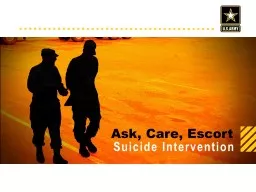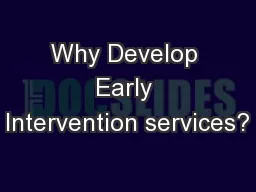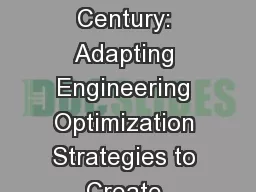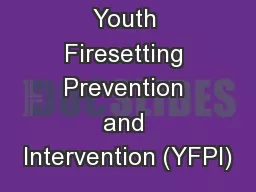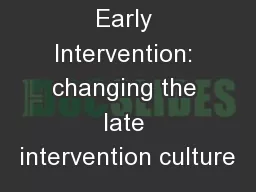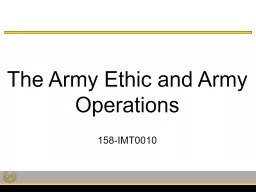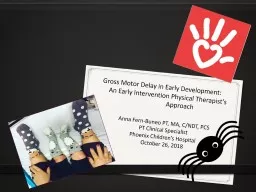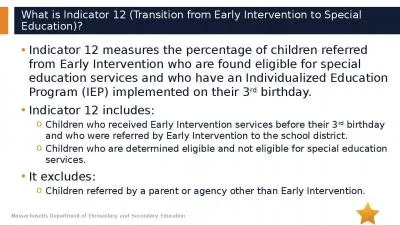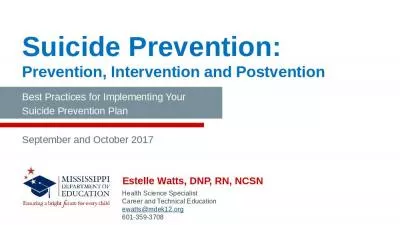PPT-Check on Learning Q1: How do Army Values relate to early prevention and intervention?
Author : myesha-ticknor | Published Date : 2020-04-06
Q2 What are the primary responsibilities of ACESI trained leaders in relation to risk Q3 What is the relationship between risk and warning signs Q4 How can leaders
Presentation Embed Code
Download Presentation
Download Presentation The PPT/PDF document " Check on Learning Q1: How do Army Value..." is the property of its rightful owner. Permission is granted to download and print the materials on this website for personal, non-commercial use only, and to display it on your personal computer provided you do not modify the materials and that you retain all copyright notices contained in the materials. By downloading content from our website, you accept the terms of this agreement.
Check on Learning Q1: How do Army Values relate to early prevention and intervention?: Transcript
Download Rules Of Document
" Check on Learning Q1: How do Army Values relate to early prevention and intervention?"The content belongs to its owner. You may download and print it for personal use, without modification, and keep all copyright notices. By downloading, you agree to these terms.
Related Documents

